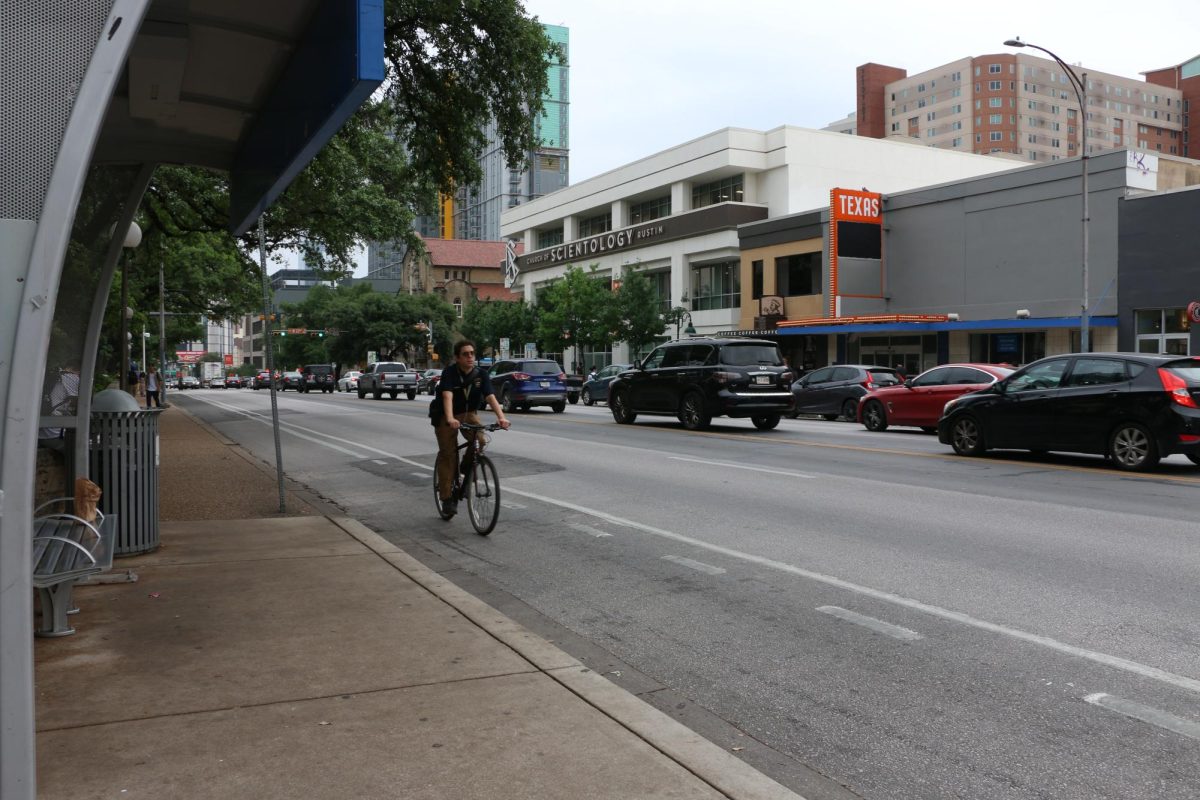This month, Project Connect — a coordinated effort between the City of Austin, Capital Metro and Lone Star Rail — will begin mapping out routes and pursuing funding for a high-capacity transit system for Austin.
According to Joe Black, Lone Star Rail director, Project Connect’s goal is to coordinate a public transportation system in which people can use buses, light-rail and trains to travel the Austin area seamlessly.
“[Transit customers] want a system that offers good quality, frequent service that is affordable,” Black said.
Jake Gutekunst, the president of the Institute of Transportation Engineers, said he thinks the project would especially help students in North and East Austin.
“It provides an alternative to the bus system, which is useful but is sometimes unreliable on student-heavy routes,” Gutekunst said.
Black said if the project goes according to plan, a portion of the rail will be in service in five to six years. He said it could take up to ten years to build the entire system.
“We’re not under any kind of illusion that the traffic problems will get better,” Black said.
According to Black, an urban rail bypass line, if constructed, will move 30 freight trains into a new lane to create capacity on the track that runs parallel to I-35 from Austin to San Antonio. A passenger rail line will repurpose the existing freight line, and future additions will extend the rail from Georgetown to Dallas.
Black said, in the last month, agreements with Austin and San Antonio were completed to fund the maintenance and operation of the system.
Black said the funding mechanism will allow a portion of the increased property tax revenue generated from the presence of the rail station to fund the expenses. He said the city can expect property tax revenues to increase for, at least, 30-40 years.
“It’s not a very good political climate to increase taxes but we don’t have to consider that right now,” Black said. “When you have such a high quality of life, and about a hundred people are moving [to Austin] every day, tax revenues will increase for some time.”
Black said the total capital cost estimate for the transit system is $1.9 billion compared to the lowest cost estimate of $3.5 billion to build a new highway.
Black said the National Environmental Policy Act requires an environmental assessment to determine the ecological impact of major capital projects. The environmental study, which begins in January and will continue for two to three years, will allow federal funding of the project.
Although the project cannot be built until after that assessment is completed, Black said the project is already initializing the final design process.
“We’re not going to wait until the whole line is completed to begin service,” Black said. “It might be something as small as Austin to San Antonio. We’ll get it commissioned and open and continue designing and building.”
Cheyenne Krause, City of Austin spokeswoman, said the project is not completely funded yet, but funding negotiations will continue at advisory meetings beginning on Jan. 17.
Krause said the project has started to determine potential routes and what mode of transportation — bus, light rail or train — will be used in each area.
“We’re getting 70 new cars in Austin every single day,” Krause said.




















